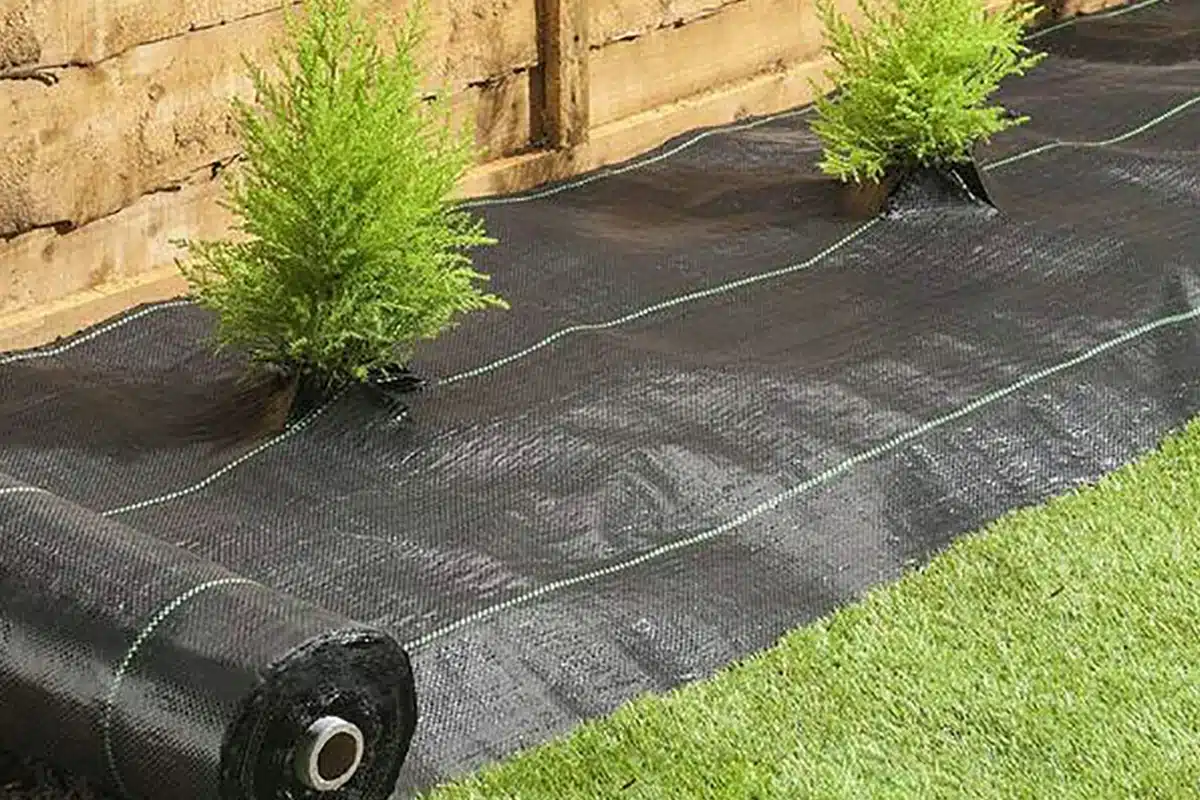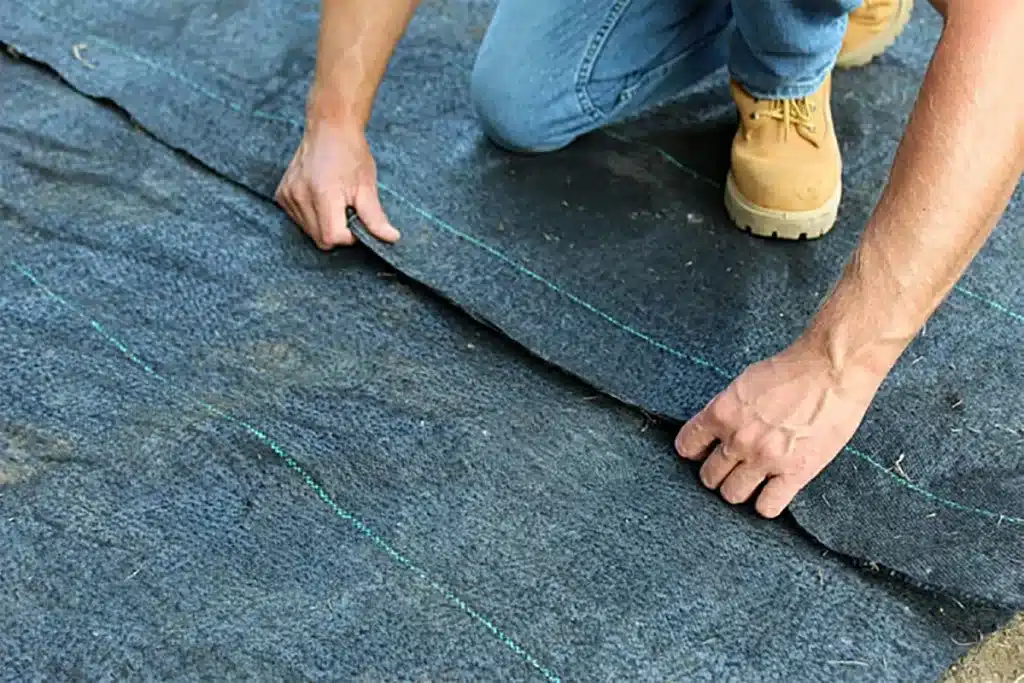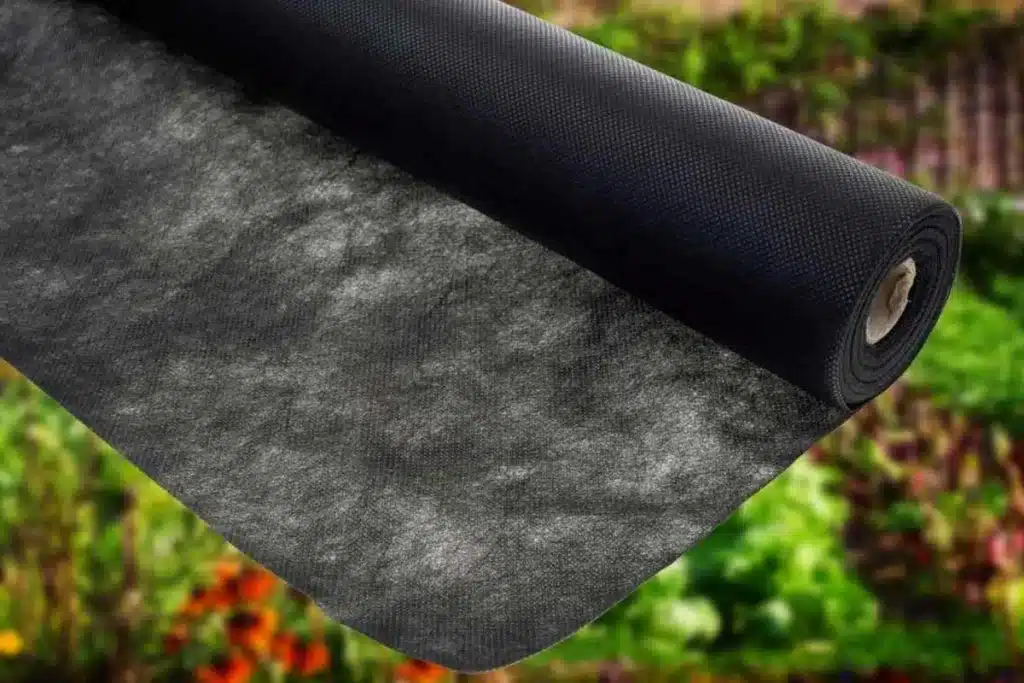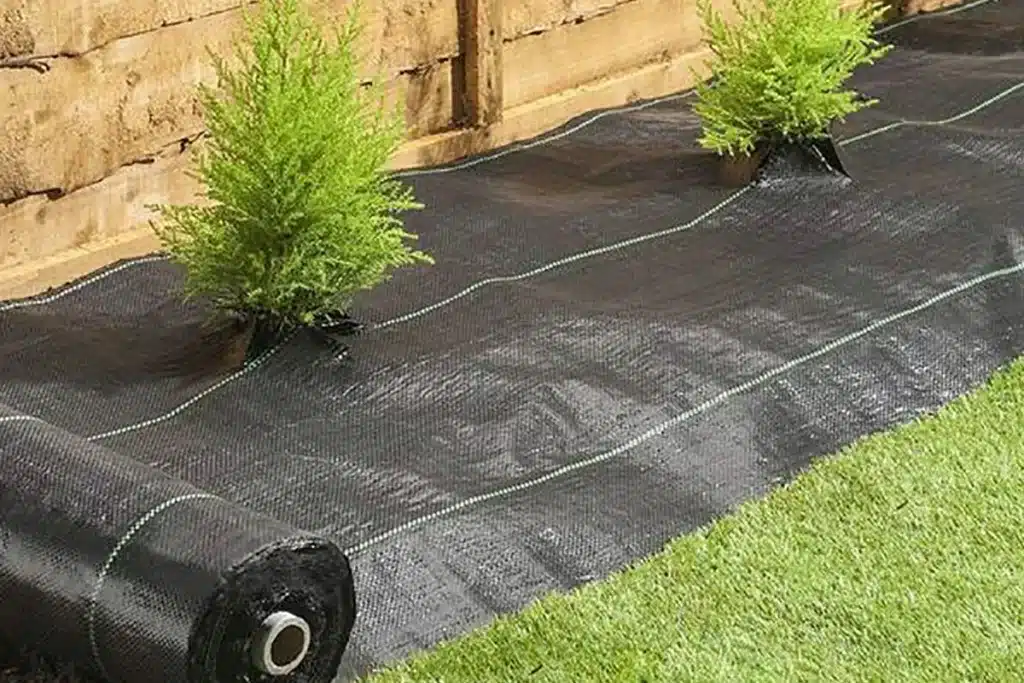+86-159 9860 6917
info@geofantex.com
geofantex@gmail.com
+86-400-8266163-44899
As a gardener, you may have only recently discovered the benefits of landscape fabric. If you decide to try it in your garden, you’ll likely be delighted with the results! Many gardeners have realized that weed control fabric is an excellent choice for minimizing weeds. This fabric can be tailored to fit any garden and offers long-lasting effectiveness. In this article, you’ll learn how to properly use landscape fabric, maintain it, and determine whether it’s the best weed control solution for your landscape.
What Is Landscape Fabric?
Landscape fabric, often referred to as weed barrier or weed control fabric, provides a long-term solution for controlling weeds while allowing moisture to flow in and out of the soil. However, it doesn’t entirely eliminate the need to manage weeds.

Installing Landscape Fabric
Landscape fabrics come in various thicknesses and levels of durability. To avoid future issues, be sure to follow the guidelines or manufacturer’s instructions when installing it.
- Prepare the Soil: Apply the fabric to bare soil after removing any vegetation and weeds. If the area will be used for planting, mix in fertilizers, compost, and other soil amendments. Level the soil to prevent holes or dips, which could lead to drainage problems.
- Lay Down the Fabric: Purchase enough fabric to cover the area, adding a few extra inches on all sides. Lay the fabric over the soil, ensuring the edges overlap by about 12 inches to prevent weeds from growing through the seams.
- Secure the Fabric: One common mistake is failing to secure the fabric properly. There are various options, such as staples and stakes. Avoid using mulch alone to hold the fabric down, as it can shift easily, causing the fabric to move and create a mess. Landscape pins or garden staples spaced one foot apart work well. Along the edges, double up or bury any excess fabric in the soil.
- Adding Plants (Optional): If you want to plant in this area, cut holes or slits in the fabric just large enough for the plants’ root balls. Plan the layout by placing the plants on the fabric first. Ensure the cuts leave the fabric mostly attached. Once the plants are in place, lay the fabric back down around the plants to minimize exposed soil.
After planting, cover the fabric with 2 to 3 inches of bark, mulch, gravel, or rocks. Water the plants at their bases.
Maintaining the Fabric
Over time, the fabric may tear or degrade. Regular maintenance is essential to keep the weed barrier effective. Check yearly to ensure the fabric is secure, replacing any broken metal clips. Organic mulches will decompose over time and should be refreshed. Clear away leaves and debris from the mulch regularly to prevent weeds from taking root.
If the fabric has reached its intended lifespan and is showing signs of wear, consider replacing it to maintain effective weed control.
Alternatives to Landscape Fabric
There are alternatives that can reduce or eliminate the need for landscape fabric. For example, a densely planted garden can naturally block out weeds. Another option is using cover crops, also known as green manures, which suppress weeds while adding nutrients and organic matter to the soil.
Landscape fabric has freed many gardeners from hours of pulling weeds, offering an effective solution for maintaining tidy and healthy gardens.



Get Free Sample
We’ll respond as soon as possible(within 12 hours)






















